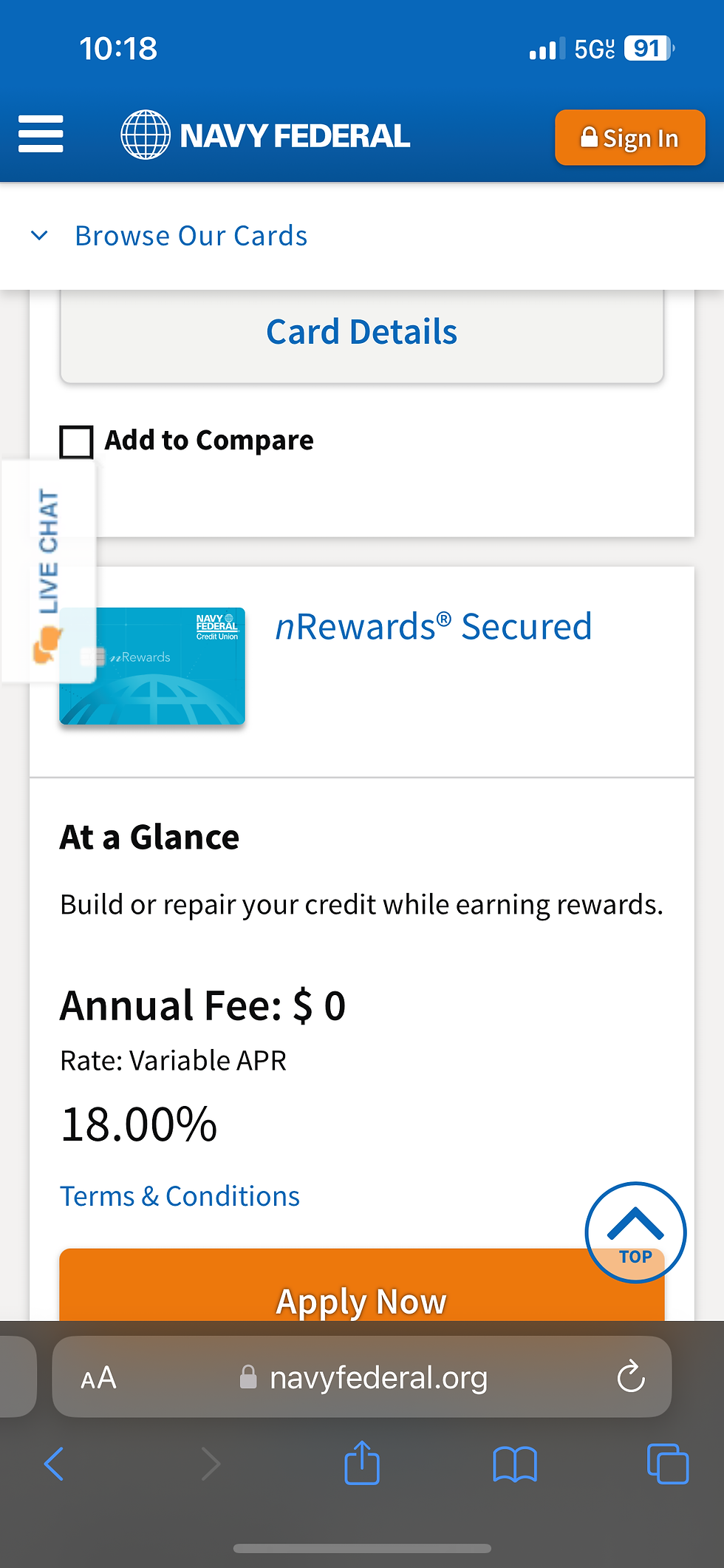
Hey Baes! Happy THIS-HER Thursday!
It's your favorite NC Realtor Bae💋

I am elated to kick of BHM by sharing pertinent information to build and uplift my community!
In this New Month, we are poised to step into position with New Goals, Resilient Prosperity, Resounding Abundance with the same God!!
I know many of us have been Blessed with the duty of breaking generational curses and ushering our family into generational wealth. To do this we must employ methods of healthy mindsets to receive the blessings that are within our reach. For many, homeownership is the key to building and sustaining generational wealth. As millenials, I know there are so many of us who do not have a childhood home to 'go home to'. For one reason or another, our parents were unable to accumulate the tools necessary to make that purchase and live the "American Dream". As a result, many of us have become dedicated in our pursuit to break that detrimental curse to do better for our families. This is why understanding what options are available to facilitate your dream is paramount!
Let's get it! The State of North Carolina (like many other States Nationwide) has allocated millions, that's right, MILLIONS of dollars to First Time Home Buyers (FTHB) by way of Down Payment Assistance (DPA). In most cases, the maximum amount of DPA that a FTHB may be approved for is $51K. It is important to note that the income limits for DPA is well into the six figures. In most cases income limits are approximately $134K annually. This means that an average household size of 2 earning, $134,000 is eligible to receive up to $51,000 in DPA. Naturally, the buyer must first be approved for their first mortgage financing. DPA may be in second or even lien position behind the first purchase. 82% of all DPA funding is eligible to become grant money, (meaning it does not have to be paid back), by closing. Further, if you are a FTHB, defined as not having had ownership interest in a purchase in the last three years. Additionally, the purchase must be for a primary residence.
So what does all of this means? This means that in additional to being eligible for up to $51k in DPA, the FTHB may be eligible for FHA lending. FHA loans require only 5% down versus the traditional 20% down payment for a purchase. This means that $51,000 in DPA can be used to permanently buy down interest rates during the purchase. Let me break this down: DPA provides funds for down payment that can be used toward closing costs, down payment (of course) as well as home repairs. Up to $51,000 in funding can ensure that the buyer is able to use left over down payment funds to purchase points off of their mortgage rate. For example, if the buyer is eligible for the full $51,000 in down payment assistance, they purchase a house for $350,000, 5% down on that purchase would be $17,500. The remaining $33,500 is available to purchase a cheaper mortgage rate. Instead of the tradition 7% mortgage rate, the buy down may be well into 3%. I know this is a lot of information, so please stay tuned as we work to schedule our very first Home Buyer's Seminar of the year!
As always I would love your Feed Back! Text me! Email Me! Let me know what information you need to know!













